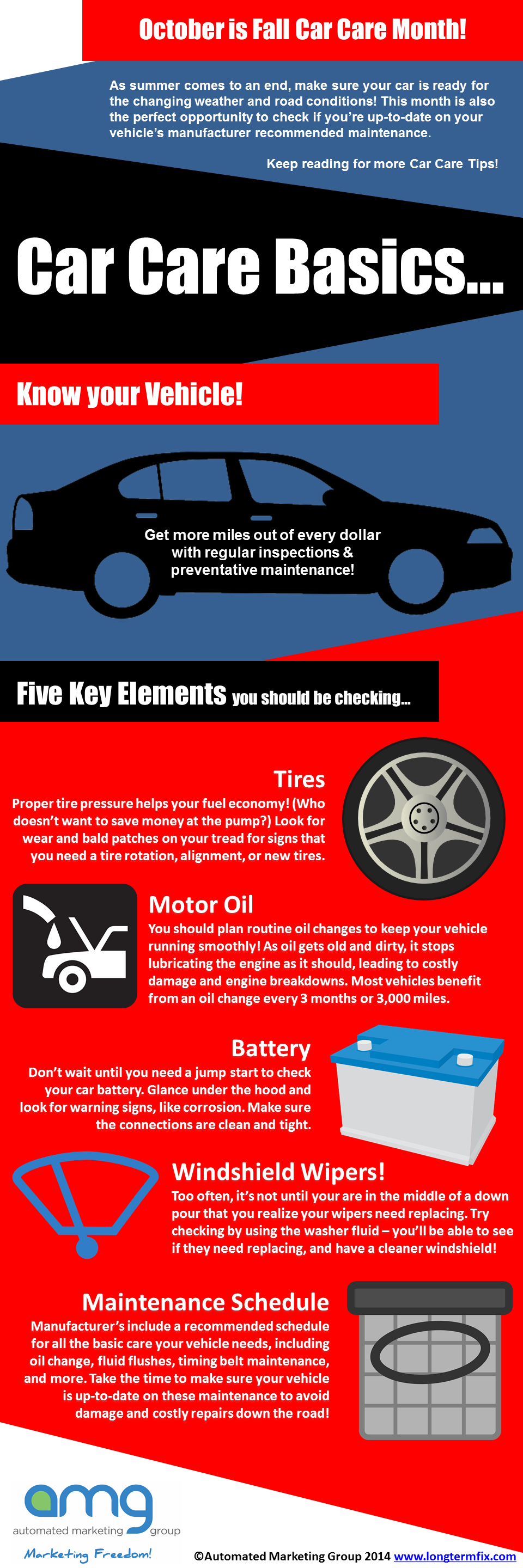Analyzing Your Auto'S Caution Indicators: What They Really Share
Analyzing Your Auto'S Caution Indicators: What They Really Share
Blog Article
Short Article Produced By-Sykes Dalgaard
When you're behind the wheel, those beautiful caution lights on your control panel can be a bit perplexing. Do you understand what they're trying to tell you regarding your vehicle's health? Comprehending the relevance of these lights is vital for your safety and the longevity of your automobile. So, the following time one of those lights appears, would not you wish to understand its message properly and take the essential steps to address it?
Common Caution Lights and Interpretations
Recognize usual caution lights in your auto and recognize their significances to make certain risk-free driving.
One of the most normal warning lights include the check engine light, which indicates issues with the engine or emissions system. If this light begins, it's essential to have your lorry examined promptly.
The oil stress warning light shows low oil pressure, needing immediate focus to prevent engine damage.
A blinking battery light may suggest a damaged billing system, potentially leaving you stranded if not addressed.
The tire pressure tracking system (TPMS) light informs you to low tire stress, affecting vehicle stability and gas efficiency. Overlooking this could bring about hazardous driving problems.
The abdominal light shows an issue with the anti-lock stopping system, endangering your capability to stop quickly in emergencies.
Lastly, the coolant temperature advising light warns of engine overheating, which can lead to serious damages otherwise solved swiftly.
Comprehending these common caution lights will aid you attend to problems immediately and maintain secure driving problems.
Importance of Prompt Attention
Recognizing the common warning lights in your automobile is just the primary step; the significance of without delay resolving these warnings can't be stressed enough to guarantee your security when driving.
When a warning light illuminates on your control panel, it's your car's means of communicating a potential problem that needs attention. Disregarding these warnings can lead to a lot more extreme troubles down the road, jeopardizing your safety and possibly costing you more in repairs.
Motivate attention to warning lights can protect against failures and mishaps. As an example, a blinking check engine light can suggest a misfire that, if left ignored, might create damages to the catalytic converter. Addressing this immediately can conserve you from a pricey repair work.
Likewise, a brake system cautioning light may indicate reduced brake fluid or worn brake pads, critical components for your security when driving.
DIY Troubleshooting Tips
If you notice a caution light on your dashboard, there are a few DIY fixing ideas you can try prior to seeking professional assistance.
The very first step is to consult your auto's manual to recognize what the specific warning light suggests. Sometimes the concern can be as straightforward as a loosened gas cap causing the check engine light. Tightening up the gas cap might solve the trouble.
Another usual problem is a low battery, which can set off various cautioning lights. Checking https://andysnhbu.topbloghub.com/36563910/10-necessary-tips-for-selecting-the-perfect-automobile-repair-shop-in-your-area for deterioration and ensuring they're protected might repair the trouble.
If a caution light continues, you can attempt resetting it by disconnecting the automobile's battery for a few minutes and afterwards reconnecting it. In addition, examining your lorry's liquid levels, such as oil, coolant, and brake liquid, can help troubleshoot advising lights related to these systems.
Conclusion
In conclusion, recognizing your cars and truck's caution lights is important for keeping your vehicle running efficiently and safely. By promptly addressing these alerts and recognizing what they suggest, you can avoid expensive fixings and potential malfunctions.
Keep in mind to consult your automobile's handbook for specific details on each warning light and do something about it appropriately to make sure a hassle-free driving experience.
Keep notified, remain visit the website on the road!
